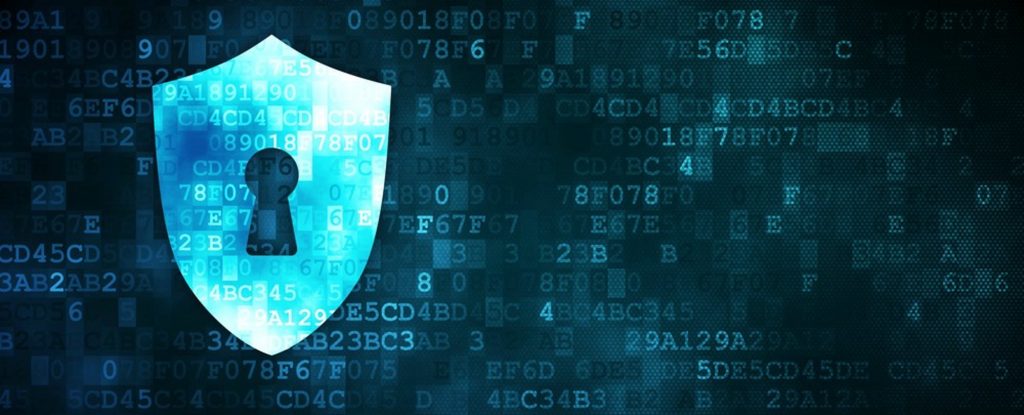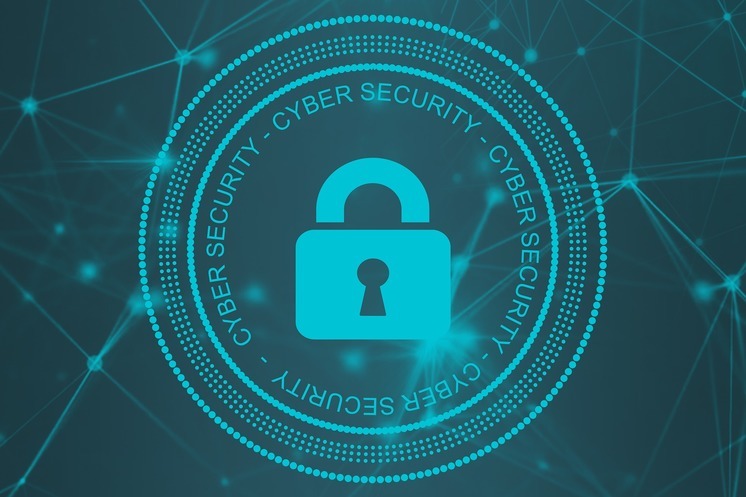A Guide from Riverside Technologies Inc. (RTI)

In today’s rapidly evolving digital landscape, cybersecurity is more critical than ever. With the constant threat of cyberattacks, data breaches, and system vulnerabilities, organizations need to prioritize robust security measures to safeguard their data and reputation. Riverside Technologies Inc. (RTI) understands these challenges and is committed to helping businesses stay one step ahead of cybercriminals. In this blog, we will share eight best practices for overcoming common cybersecurity challenges and building a resilient, secure environment.
1. Implement Multi-Factor Authentication (MFA)
One of the most effective ways to enhance security is by adding layers of protection to your systems. Multi-factor authentication (MFA) is a proven method for reducing the risk of unauthorized access. By requiring multiple forms of verification, such as a password, a text message code, or biometric data, MFA ensures that even if a hacker gains access to one part of the authentication process, they won’t be able to complete the login. RTI recommends MFA for all critical systems, especially those that handle sensitive or proprietary information.
2. Regularly Update and Patch Software
Outdated software is one of the most common entry points for cybercriminals. Vulnerabilities in software, operating systems, and applications are regularly discovered, and security patches are released to fix these issues. Failing to apply these patches can leave your systems exposed. RTI stresses the importance of establishing a regular patch management process to ensure your systems are up-to-date with the latest security fixes. Automating this process can also save valuable time and reduce the risk of human error.
3. Conduct Employee Training and Awareness Programs
Your employees are your first, and sometimes last, line of defense against cyber threats. One of the most common causes of security breaches is human error, such as falling for phishing scams or using weak passwords. RTI recommends regular cybersecurity awareness training for employees at all levels. These training sessions should cover topics such as identifying phishing emails, recognizing suspicious activities, and following safe online practices. Empowering your team with knowledge helps reduce the likelihood of a breach caused by negligence or lack of awareness.
4. Use Advanced Threat Detection Tools
In today’s world, cyberattacks are becoming increasingly sophisticated. To defend against these threats, RTI advises implementing advanced threat detection tools such as intrusion detection systems (IDS) and security information and event management (SIEM) software. These tools help monitor your network for suspicious activity, detect anomalies, and provide real-time alerts when a potential threat is identified. Early detection allows for a quicker response and minimizes the damage caused by an attack.
5. Implement Strong Data Encryption
Data encryption is an essential practice for protecting sensitive information both at rest and in transit. Even if cybercriminals manage to gain access to your data, encryption ensures that the information remains unreadable and unusable. RTI suggests adopting strong encryption protocols for emails, databases, and files, especially for industries that handle personal, financial, or proprietary data. This adds a critical layer of protection, making it much harder for hackers to steal valuable information.
6. Create and Test a Cybersecurity Incident Response Plan
Despite best efforts, cyberattacks may still happen. Having a well-defined and tested incident response plan is vital to minimizing the impact of a security breach. RTI recommends that businesses develop a comprehensive plan that includes procedures for identifying, containing, and recovering from a cyberattack. Regularly testing this plan through simulated attacks or tabletop exercises will ensure that everyone knows their role and can act quickly and efficiently when the time comes.
7. Limit User Access and Privileges
The principle of least privilege (PoLP) is a foundational concept in cybersecurity. It involves restricting users’ access to only the resources and information they need to perform their job. RTI advocates for implementing role-based access control (RBAC) and regularly reviewing user permissions to ensure that individuals don’t have unnecessary access to sensitive data or critical systems. By limiting access, you reduce the potential damage that can occur if an account is compromised.
8. Back Up Your Data Regularly
In the event of a ransomware attack, natural disaster, or system failure, having up-to-date backups can be the difference between business continuity and disaster. RTI emphasizes the importance of implementing a robust data backup strategy that includes regular backups stored in a secure, off-site location. These backups should be tested periodically to ensure they can be quickly restored when needed. The ability to recover from a backup can significantly reduce downtime and help protect against data loss.
Conclusion: Stay Ahead of Cybersecurity Threats with RTI
Cybersecurity is not a one-time task but an ongoing process that requires vigilance, innovation, and adaptation. By following these eight best practices, businesses can significantly reduce the risk of cyber threats and enhance their overall security posture. At Riverside Technologies Inc. (RTI), we are committed to helping organizations navigate the complexities of cybersecurity. Whether you need help with multi-factor authentication, threat detection, or developing an incident response plan, we are here to support your efforts in securing your digital environment.
Stay proactive, stay secure, and remember that a strong cybersecurity foundation is essential for the long-term success of your business.
RTI specializes in managed services, IT hardware, warehouse services, and technology deployment.
Our solutions can help you achieve your goals.
Date Posted: 11/21/22
Date Last Updated: 11/21/22
By: RTI Marketing Team




